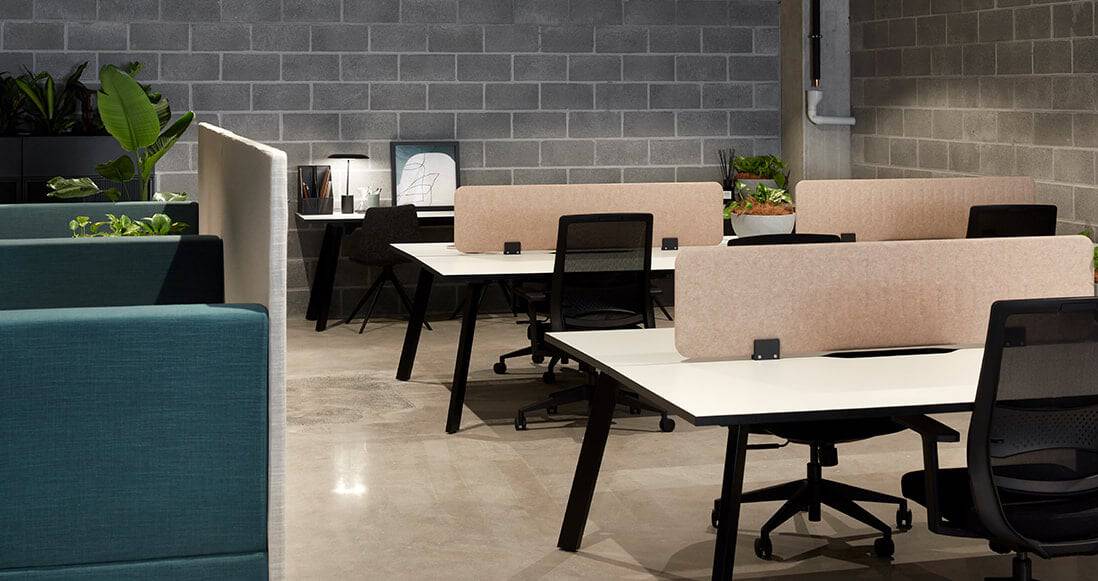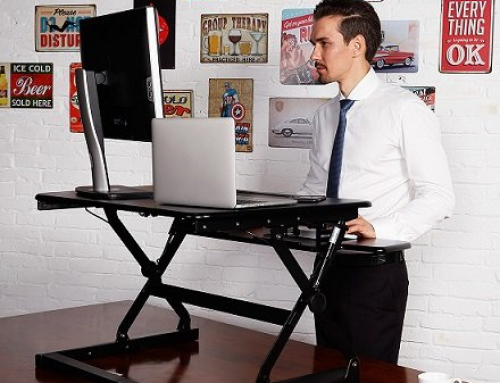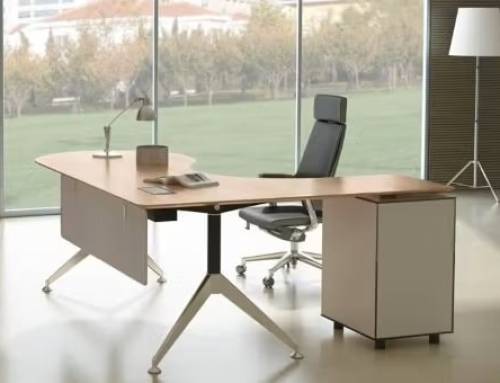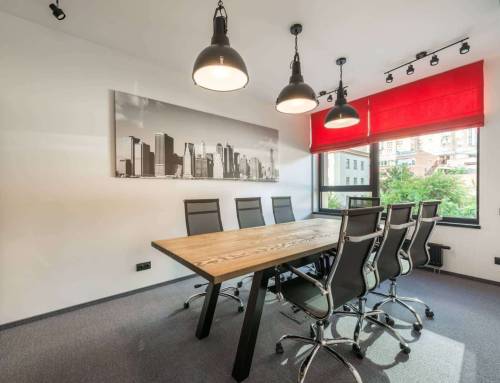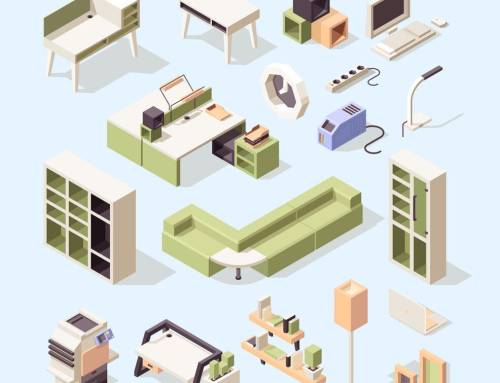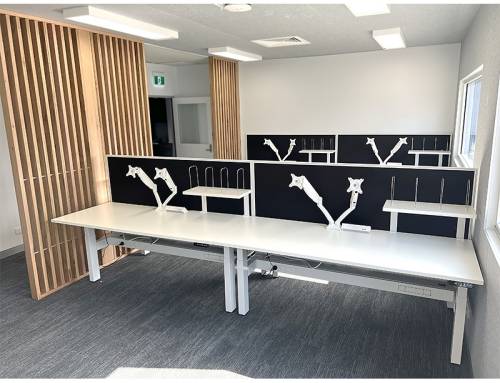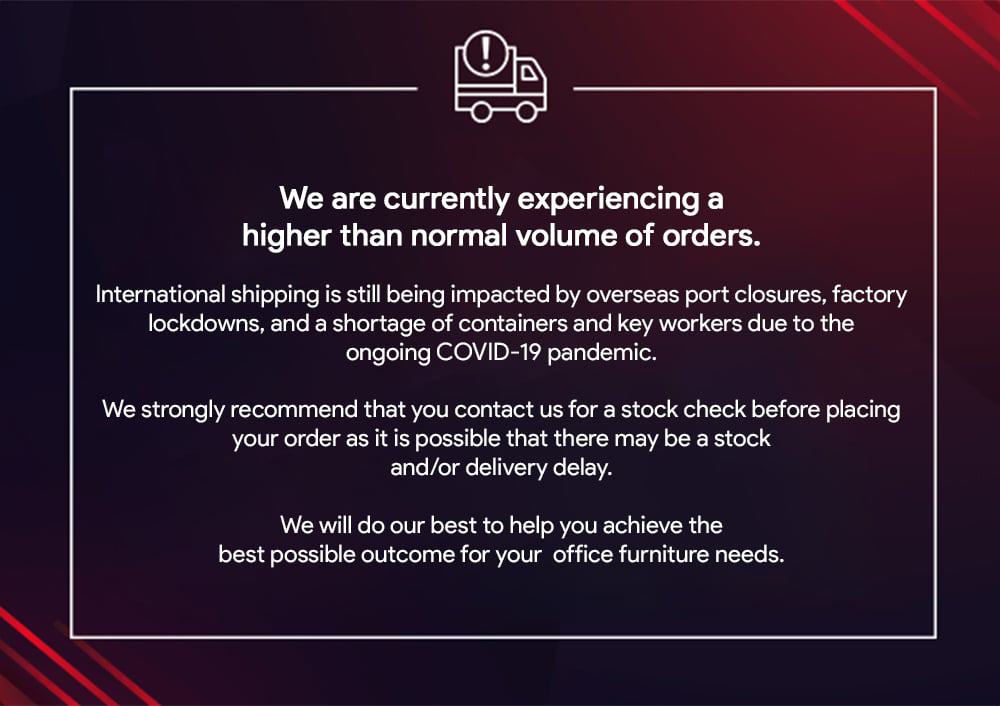If there’s one universal truth about workspaces, it’s that an organized desk can significantly enhance productivity and efficiency. Combining the utility of storage solutions with smart organization techniques can generate more space, reduce clutter, and improve workflow. Here is a robust guide on how to organize an office desk with storage for maximum efficiency.
Identify Your Needs
Begin by determining what’s essential for your daily job. Identify the tools you use regularly and need within arm’s reach. These may include your computer, notepads, and pens. Non-essential items which are seldom used should be stored away to minimize clutter.
Use the principle of proximity here. Items used daily should be close by, while less frequently used items can be stored in drawers or shelves.
Embracing Multifunctional Storage Solutions
Multifunctional storage solutions are great space savers. Consider a desk with built-in cabinets and drawers. A stand-up desk converter with extra space underneath for a keyboard or desk supplies can also serve the dual purpose of storage and desktop space.
Utilize vertical storage options, like wall-mounted shelves or hanging organizers, to take advantage of unused space. This can free up your desk surface, providing more room for work.
Creating Dedicated Zones
Create dedicated zones on your office desk with storage for different tasks or project stages. This may include a planning area with your calendar and to-do lists, a digital zone for your computer and electronic devices, and an analogue section for physical files and paperwork. This departmentalization approach will streamline your workflow and optimize your desk space usage.
Equal Importance to Digital Organization
Just as you would declutter your physical desk, it’s important to maintain a clean digital desktop, too. Regularly organize your digital files into folders, and make sure to delete or archive old, unneeded files. This will not only free up digital storage but also reduce cognitive load as you work.
Utilizing Desk Organizers
Desk organizers, such as trays, pencil holders, and document sorters, can be invaluable tools to keep your workspace tidy and functional. Choose organizers that fit comfortably on your desk or within drawer spaces. As a bonus tip, consider using label-makers to clearly identify the purpose of each organizer to find your items easily.
Implementing a Cable Management System
Untamed cables can cause clutter, leading to a disorganized workspace and decreased efficiency. Use cord wranglers, cable clips, or cord boxes to manage your cables. Address cable issues early on to prevent them from becoming an overwhelming problem.
Regular Desk Clean-ups
Lastly, maintaining the effectiveness of your organized workspace requires regular desk clean-ups. Set a weekly or biweekly schedule to reassess, clean, and reorganize your desk. During clean-ups, you can eliminate any accumulated clutter and fine-tune your organization system based on what’s working and what isn’t.
By merging these principles, you will create a highly optimized workspace that caters to your unique work style and promotes an organized workflow. Remember, the driving principle behind these strategies should be their effectiveness in helping you stay focused, reducing distractions, and performing your best work. As you navigate this process, don’t be afraid to make adjustments and alterations to find the perfect balance.
Ultimately, an organized office desk is a personal zone that energizes you, boosts your productivity, and allows you to deliver your best work performance. So, start decluttering and organizing your workspace today. Your future self will thank you.

